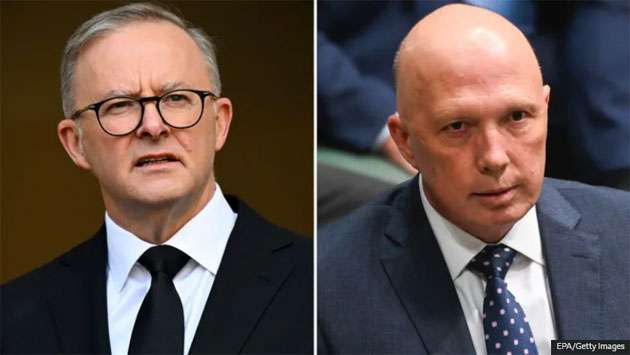Australia goes to the polls for a federal election on May 3, with Prime Minister Anthony Albanese’s Labor Party facing a tough race to retain its slim majority. Albanese made the announcement from Parliament House on Friday, signaling a tough fight ahead.
Opinion polls show a narrow lead between the two major parties, with both likely to need the support of independents or minority parties to form a government. The last election saw historic support for minority parties, and that trend is likely to continue this year.
Cost-of-living issues are expected to dominate the campaign, with Labor’s platform focusing on reducing student debt, providing free healthcare and cutting taxes. Albanese defended his government’s record, arguing that it would take more than three years to fix the “mess” left by the previous coalition government. He contrasted his approach with that of Opposition Leader Peter Dutton, who has pledged to cut government spending and further cut taxes.
Dutton, leader of the Liberal-National coalition, has criticized Labor for worsening the nation’s fiscal struggles and vowed to “get Australia back on track” by cutting public services and curbing immigration. The Greens, which won a record number of seats at the last election, also remain a major player and are demanding more responsibility on climate action and housing.
The election is expected to be closely contested, with housing, healthcare and immigration costs at the top of voters’ concerns. The result could mark the first single-term government defeat since 1931, and Australian voters will have to decide whether to stick with Albanese’s leadership or turn to Dutton for a change of direction.



